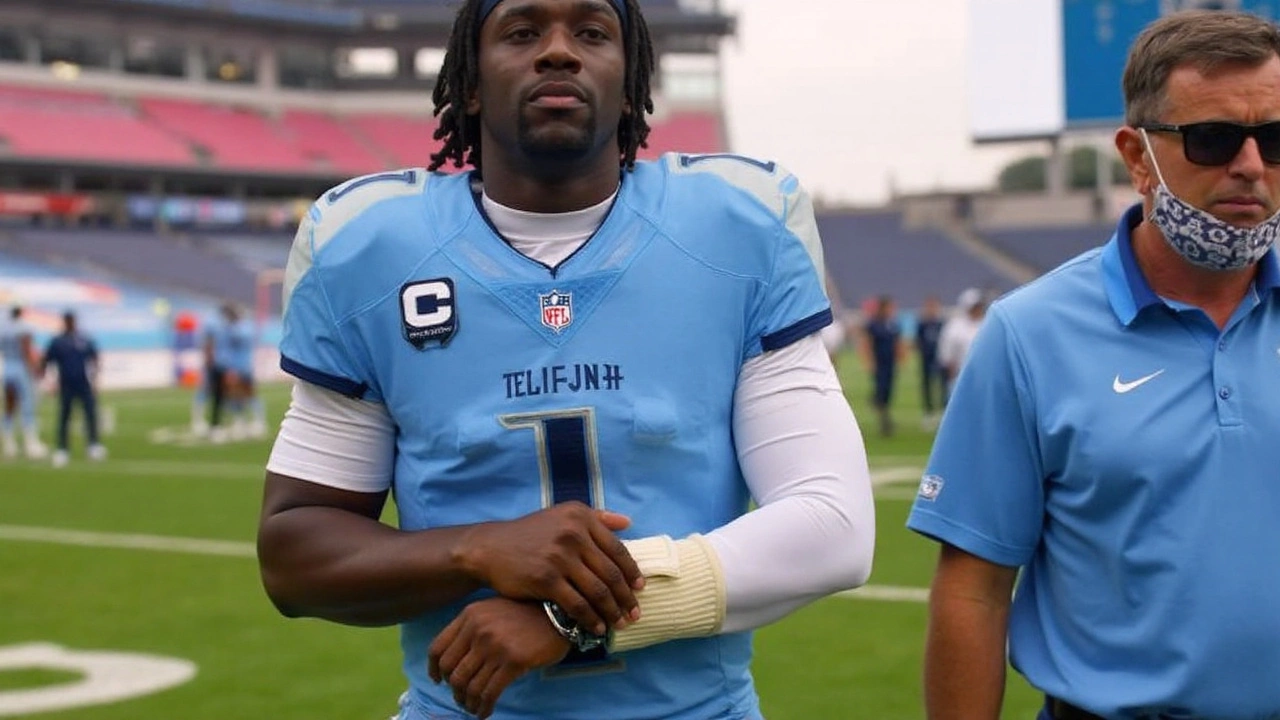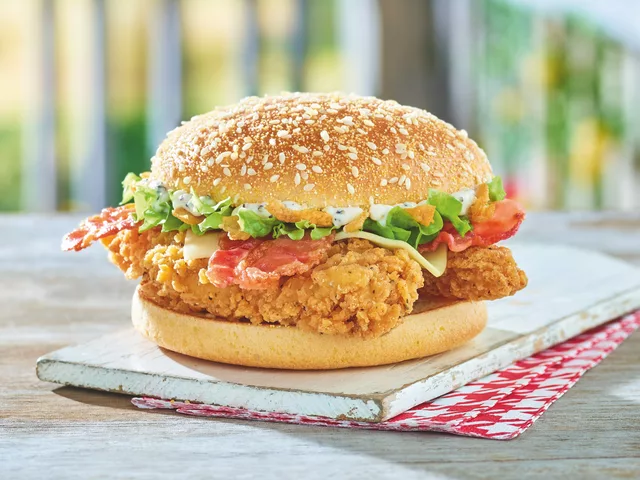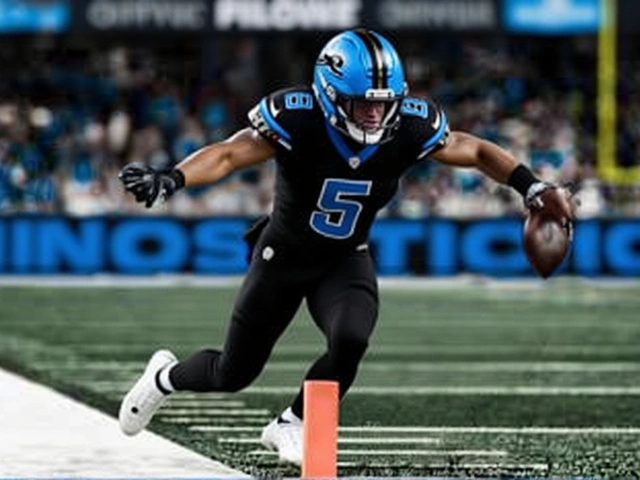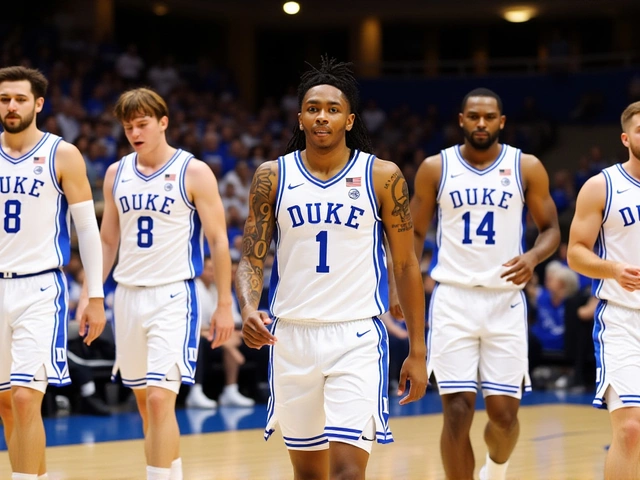The math tells the story before the film does: a 13-10 halftime lead turned into a 33-19 loss after a 23-6 second-half avalanche. The Rams walked into Nissan Stadium, took the air out of the building after the break, and left the Tennessee Titans at 0-2 with more questions than answers in a season that’s barely started.
Cam Ward’s NFL home debut began with composure and ended with a thud. He finished 19-of-33 for 175 yards and a touchdown, but the second half was a grind—2-of-7 for 11 yards as Los Angeles turned up the pressure and choked off anything downfield. His yards per attempt put the night in perspective: roughly 5.3, compared with Matthew Stafford’s 9.0. That gap mirrored the gulf in rhythm and answers after halftime.
Stafford, who’s seen every coverage and every trick, was the calm in the storm for Los Angeles. He went 23-of-33 for 298 yards, two touchdowns, and a single first-half interception, then spent the final two quarters steering the game away from Tennessee with poised pocket work and quick decisions. When the Rams needed a grown-up drive, he delivered. When they needed a shot play, he found it. And when the Titans showed pressure, he punished it.
Second-half swing: how the game unraveled
Los Angeles didn’t win this with one playcall or one lucky break. They won it with layers. Sean McVay trimmed the drops, sped up the tempo, and leaned into designs that put stress on Tennessee’s underneath zones—deep crossers, option routes, and high-low reads that forced linebackers to choose. The Titans had answers early. After halftime, those answers arrived a step late.
Davante Adams picked up where superstars pick up—right in the middle of the field. Six catches, 106 yards, and a 16-yard touchdown didn’t just pad a debut box score; they clarified the Rams’ identity when the game tilted. Adams worked out of condensed splits, stemmed inside leverage, and won on timing routes that keep drives alive. When Stafford needed a bailout, Adams presented clean windows. When the Rams dialed up a strike, Adams created separation that looked almost routine.
Kyren Williams didn’t post monster numbers (17 carries, 66 yards), but his runs mattered. Early-down gains set up manageable third downs and kept Tennessee’s edge rushers from teeing off. That balance helped Stafford sell play action and hit in-breaking routes—exactly the kind of plays that punish a defense stuck between fitting the run and protecting the seams.
On the other side, Tennessee lost its shape. Tony Pollard’s 20 carries for 92 yards were meaningful in the first half, when the Titans mixed tempos and dressed up runs with motion. After the break, too many early-down calls turned into second-and-long. That created third-and-obvious, and third-and-obvious invites heat. The Rams obliged—mixing simulated pressure with four-man rushes and forcing Ward into checkdowns or hurried misfires.
Field position swung, too. Byron Young’s forced fumble stood out as a momentum spike—the kind of defensive punch that flips the script even when a game feels even. Add a few drive-killing pressures and a coverage disguise or two, and the Rams stitched together a stretch of 20 unanswered points that took the crowd out of it and the Titans out of character.
Calvin Ridley’s three catches for 57 yards tell you Tennessee found flashes in space, but not a rhythm. The Rams bracketed him on key downs and trusted their corners to challenge anything short of perfect ball placement outside the numbers. When Ward tried to push it, the pocket often leaked. When he took the layups, Los Angeles rallied and tackled.
Drive sequencing mattered. Tennessee’s best work came on script, with defined reads and a balanced run-pass split. Once the game tilted, the offense searched for an identity—more shotgun, then more under center, then a spurt of tempo. None of it stuck long enough to sustain possession. You could see the rookie thinking and the pass protection straining, a tough combo for any team trying to chase a veteran quarterback who has full command.
And yet, the Titans defense gave them chances. Stafford’s first-half interception was a legitimate momentum builder, and Tennessee’s front did dent the pocket at times. The problem was the gap between “at times” and “often enough.” In the second half, Stafford’s internal clock and McVay’s spacing tweaks answered most of the questions Tennessee asked.

What it means for both teams
At 0-2, the pressure is already creeping in on Tennessee because the calendar doesn’t wait. Since 1990, roughly one in ten teams that start 0-2 has climbed into the postseason. The 17-game schedule gives you a little more runway, but the margin is still thin. The Titans have a rookie quarterback, new timing on offense, and a line that’s still sorting out protections—that’s a lot to tighten in a hurry.
For Ward, this is the rookie reality. The windows are smaller, the disguises are smarter, and the pass rush arrives with bad intentions. The job now is about tools and comfort: quicker answers against pressure, more defined throws off play action, and a few cheap completions to calm the game down. Expect more motion to declare coverages, more movement throws to cut the field in half, and a package of RPOs to steal early-down efficiency.
Pollard looks ready for volume, but the Titans need to make those carries count—lighter boxes, better angles, and a commitment to sequencing runs with play-action shots. If the staff can get defenses to respect the second level—linebackers stepping downhill instead of drifting into passing lanes—Ward’s intermediate game opens up, and Ridley’s route craft becomes a problem instead of a tease.
The offensive line is the pivot point. Even without a sack parade on the stat sheet, you could feel the cumulative effect of pressure and hits. Clean up the free-runners, cut down the pre-snap issues, and identify the hot rules everyone trusts. A young quarterback needs clarity, not chaos.
Defensively, Tennessee’s first half showed the blueprint: tight windows on early downs, keep a lid on explosives, then force Stafford to earn every inch. The post-halftime drop-off came from losing that top-down discipline. Fixing it means fewer busts in the seams, more help inside against crossers, and a pass rush that closes rush lanes instead of scattering around the pocket.
On the Rams’ side, 2-0 with that kind of second-half authority travels. Stafford’s chemistry with Adams arrived quicker than you expect with a marquee addition. When a star receiver is on the same page with his quarterback on leverage and timing, the rest of the passing tree falls into place. It also saves your playbook on third down—you don’t need to be clever when you can be precise.
McVay’s adjustments were as important as any stat. Faster concepts trimmed the pass rush, condensed formations created pick-friendly traffic, and the run game stayed just dangerous enough to hold Tennessee’s linebackers in conflict. That’s sustainable football, not a one-week magic trick.
Credit the defense, too. The edge group led by Byron Young created real problems, and the back end tackled decisively—no cheap yards, no panic. The Rams didn’t blitz recklessly; they picked their spots and trusted the coverage to win the marginal downs. Against a rookie quarterback, patience can be as punishing as pressure.
If you’re the Titans, you hang on to the first half. The formula is in there: a sturdy run game, a handful of explosive passes off play action, and a defense that makes quarterbacks play left-handed. The task is stretching that over four quarters, not just 30 minutes.
If you’re the Rams, you like what this says about your ceiling. Win ugly early, adjust, then close strong. That’s the arc of a team that expects to be playing meaningful football in January. Stafford looks healthy and in rhythm. Adams looks like he’s been in this system for years. Williams runs with purpose. And the defense can win either by pressure or by coverage.
This was more than a September loss for Tennessee; it was a diagnosis. Protection rhythm, third-down answers, and red-zone punch need to arrive fast. Ward’s learning curve is steep, but it’s climbable if the coaching staff trims the menu to what he does best and the line settles. Add a couple of layup completions to calm the storm and one or two schemed explosives to keep safeties honest, and the offense looks different in a hurry.
For Los Angeles, it’s a proof-of-concept Sunday. They didn’t just beat a team in transition; they imposed their identity when it mattered most. The second-half scoreboard lays it out: execution, not hype, travels. And right now, the Rams are packing it by the busload.





